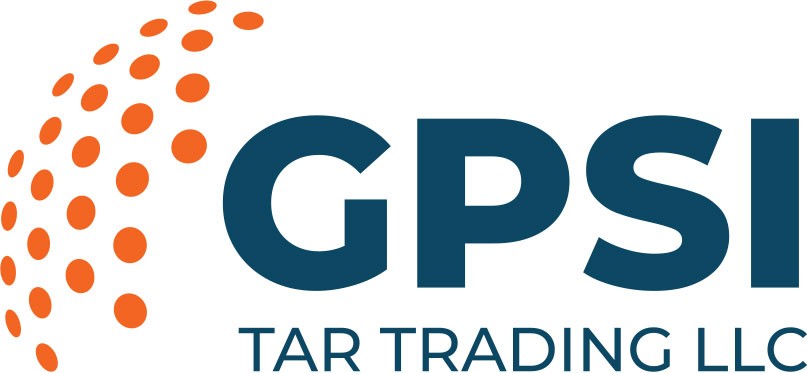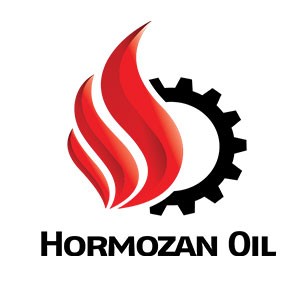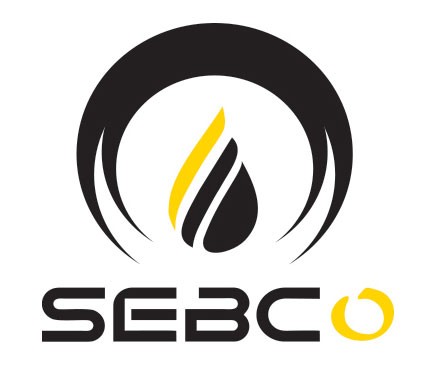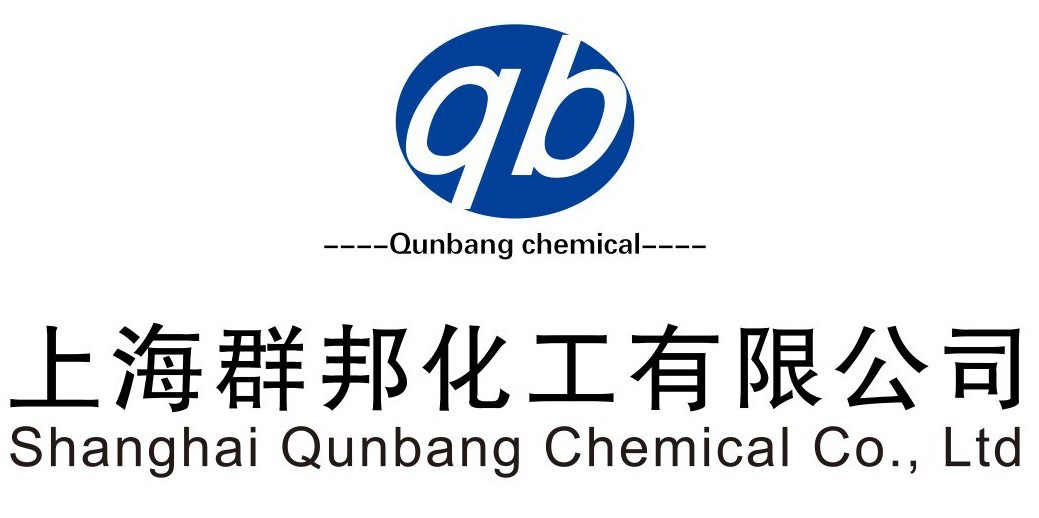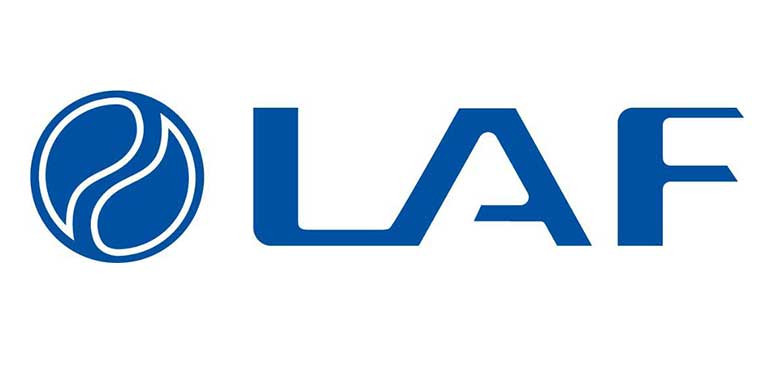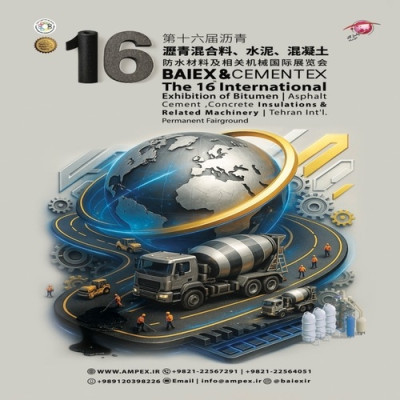The impact of developments in the Red Sea region on the activity of commercial ships continues, but it may have another unexpected consequence.
Till mid-January, the huge ships that carry 12 percent of the world’s petroleum trade by sea were mostly passing through the Suez Canal, even as Yemeni attacks had scared off commercial container ships. This situation is now changing and may create a difference in one of the stable alliances of the global petroleum market, that is between Russia and Saudi Arabia.
Major logistics groups such as Maersk, Hapag-Lloyd and Mediterranean Shipping Company (MSC) have announced that they will reroute their ships around Africa. According to the Kiel Institute, the daily container capacity of ships in the Red Sea and Suez Canal region has decreased to a third of the normal level since January 1.
Since then, the American and British attacks on Yemen and Yemeni counterattacks have forced major petroleum companies like Shell to change the route of their ships. According to the report of shipping data provider AXSMarin, the number of tankers in the canal decreased by more than 50% in the week starting January 15, compared to the previous week.
In terms of the impact of these attacks on non-petroleum trade, the consequences on global prices are complex. Shipping rates for petroleum tankers have increased by 30 percent since mid-December, but weak economic growth and an excess of petroleum supply over demand may weaken the impact of inflation caused by the disruption. What is clearer is the impact of this disruption on exporters like Russia that use the Suez Canal.
Since the start of the Ukraine war in February 2022, cheap Russian petroleum has increasingly shifted eastward to major consumers including China and India, which have not sanctioned Russian imports. According to research by S&P Global Ratings, petroleum shipments from Russia accounted for about 75% of Suez Canal petroleum traffic in the first half of 2023, most of which were destined for India and China.
A Russian tanker bound for China or India has a difficult choice. Compared to the much longer route around Africa’s Cape of Good Hope, this canal charges a transit fee but cuts travel time by almost 2 weeks. While insurance premiums for tankers transiting the Gulf of Aden vary from vessel to vessel, amid the current tensions, they have risen to around one percent of the insurable value, according to AXSMarine analyst Nicholas Zanikos.
For a Suezmax, the largest ship capable of transiting the Suez Canal fully loaded, that means the total cost per barrel of petroleum for a typical trip between the petroleum depot of Russia’s Primorsk port on the Baltic and the Indian port of Sikka has increased to $4.24 cents.
If the insurance surcharge rises to 1.8 percent, which could happen if tensions escalate, the trip will cost $4.74 a barrel from around Africa route, not including higher fuel or shipping costs. This means that from the point of view of China or India, Russian petroleum will arrive later or become more expensive or both.
How competitive Russia’s petroleum supply is, for Russian President Vladimir Putin, is no small matter. Since the start of the Ukraine war, China has bought 63 billion euros ($69 billion) of Russian petroleum, and India has imported 42 billion euros of Russian petroleum, according to the Center for Clean Air and Energy Research.
All this may represent an opportunity for Mohammed bin Salman, the crown prince of Saudi Arabia, whose petroleum tankers bound for Asia do not need to pass through the Suez Canal. Saudi Arabia has tried to support prices by implementing massive supply cuts, creating a rift within OPEC and the OPEC+ group, which includes countries like Russia since 2016. Selling more petroleum to the Far East will help shore up finances, which have been hurt by Saudi Arabia’s decision to shoulder the bulk of this supply constraint.
Currently, there are signs of a change; Vertexa company data shows that over the past six months, Russian exports have accounted for about 20% of exports to China and India, while Saudi Arabia’s exports have accounted for 15% on average, but during the last two months, Russia’s exports has decreased to about 18% and at the same time, Saudi Arabia’s market share has increased to about 16%.
In early January, Saudi Aramco cut its sales prices to Asia to levels last seen in November 2021. Any increase in competition between Mohammed bin Salman and Putin may question the unity of OPEC. The flare-up of the dispute between these two petroleum giants will not be unprecedented. When the corona pandemic started in 2020, Russia opposed OPEC’s proposal to cut production and started a price war with Saudi Arabia.
These disputes led to the drop in petroleum prices to $20 per barrel. Considering the naval operations of the Yemeni armed forces in the Red Sea and prices currently at $80 per barrel, such an end is unlikely, but the cooling of Russian-Saudi relations may be one of the clear consequences of the Red Sea tensions in 2024.
According to Reuters, China’s customs data released on January 20 showed that Russia sent a record 107 million tons of petroleum to China in 2023, which is 24 percent more compared with 2022 and equivalent to 2 million barrels per day. Meanwhile, petroleum exports to China from Saudi Arabia, previously China’s largest supplier, reached 86 million tons with a 2 percent decrease.


